China’s Semiconductor Ambition, Ban on Nvidia Chips for Domestic Firms
Input
Modified
Beijing Prohibits Purchase of H20 and RTX Pro 6000D Huawei, Alibaba, Baidu Accelerate Proprietary AI Chip Development DeepSeek Employs Huawei Ascend for R2 Model Training
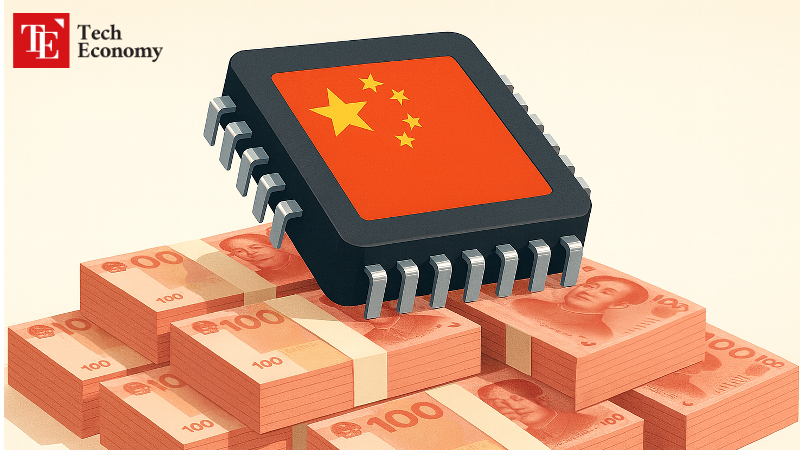
The Chinese government has prohibited domestic firms from purchasing Nvidia’s latest China-specific artificial intelligence (AI) chips. While the official rationale centers on potential security risks embedded in Nvidia products, analysts contend the underlying motive is to bolster semiconductor self-sufficiency in response to U.S. export controls. Huawei and other Chinese semiconductor players are now producing AI chips that reportedly match the performance of the downgraded Nvidia processors supplied to China.
Ban on H20 in National Security-Related Operations
According to the Financial Times and other outlets on the 21st (local time), the Cyberspace Administration of China (CAC) last week instructed leading Chinese tech groups, including Alibaba, to halt orders and testing of Nvidia’s new low-end RTX Pro 6000D chip. The RTX Pro 6000D, a China-exclusive variant with significantly reduced capabilities, replaces Nvidia’s high-bandwidth memory (HBM) with less expensive GDDR7. Its price is roughly half that of the H20, another Nvidia China-specific AI chip built with HBM.
In July, CAC had summoned Nvidia executives, citing security vulnerabilities in the H20 and demanding explanations and documentation regarding potential backdoor risks. The following month, it issued a notice urging both state-owned and private firms to avoid deploying the H20, explicitly banning its use in government or national security-related operations. Bloomberg noted the H20 ban mirrored earlier Chinese government restrictions on Apple iPhones and Tesla vehicles within official institutions on security grounds.
Huawei Ascend to Be Released on Annual Cycle
Industry experts interpret Beijing’s successive curbs on Nvidia chip procurement as evidence of mounting confidence in domestic alternatives. Huawei’s AI processors are now considered broadly on par with the cut-down Nvidia chips distributed in China. At its Connect conference in Shanghai on the 18th, Huawei unveiled plans for a successor to its self-developed Ascend processor launched in the first quarter.
Xu Zhijun, Huawei’s rotating chairman and vice chairman, declared in his keynote: “We will release new Ascend chips annually, doubling computing power with each iteration. The Ascend 950PR, set for release in Q1 next year, will incorporate HBM designed and developed in-house.” AFP and Reuters observed that Huawei’s adoption of proprietary HBM technology—historically dominated by SK Hynix, Samsung Electronics, and Micron—signaled a breakthrough in alleviating longstanding bottlenecks.
The new processor will feature SuperPod technology, developed to counter Nvidia. SuperPod integrates computing, networking, software, storage, and management into a unified architecture, enabling ultra-fast interconnection of up to 15,488 Ascend chips into a single large-scale cluster. This facilitates high-speed parallel computation optimized for AI training and inference, aiming to rival Nvidia’s H100, NVL144, and Colossus systems.
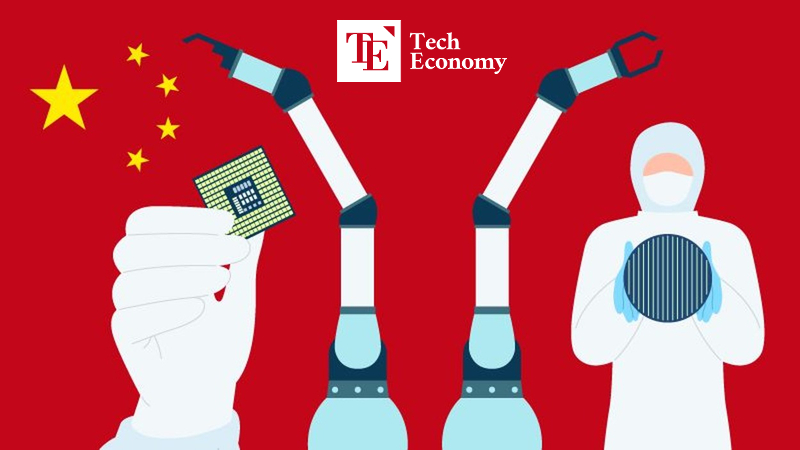
YMTC-CXMT Alliance for HBM Self-Sufficiency
China’s semiconductor drive extends beyond Huawei. Alibaba and Baidu have also begun deploying in-house processors for AI model training. Since early this year, Alibaba has employed its Zhenwu chip for small-scale AI model development, while Baidu has tested its self-designed Kunlun P800 chip in training the latest version of its Ernie AI. AI chip designer Cambricon has risen rapidly with its Siyuan 590, and Shanghai-based startup MetaX has entered pre-production stages for an H20 replacement.
These strides suggest China is actively dismantling its reliance on Nvidia and advancing toward “AI chip technology independence.” In May, Nvidia CEO Jensen Huang warned, “The U.S. export control strategy targeting the H20 is misguided and will only accelerate China’s AI semiconductor ambitions.” Indeed, Beijing’s push for self-sufficiency has intensified alongside U.S. restrictions. In April, Baidu unveiled a large-scale training cluster comprising 30,000 P800 chips, while Alibaba pledged at least $52 billion over three years to expand its AI and cloud infrastructure.
China is also seeking autonomy in HBM, a critical element in AI chip ecosystems. NAND flash giant YMTC and DRAM leader CXMT have formed a partnership to build HBM capacity—CXMT supplying DRAM, while YMTC provides hybrid bonding technology. Meanwhile, foundries tasked with mass-producing AI processors are ramping up production. FT reported that Huawei will begin operations at a dedicated AI chip fabrication facility by year-end, with two additional plants slated to open next year, all believed to be owned by Chinese foundries.
Yet analysts caution that a “complete break from Nvidia” remains premature. Chinese chips still struggle with overheating, instability, interconnect latency causing data bottlenecks, and unresolved software optimization challenges. DeepSeek’s attempt to train its next-generation R2 AI model on Huawei’s Ascend processors faltered due to these technical flaws, forcing delays in rollout. Consequently, firms like Alibaba and Baidu are reportedly adopting hybrid strategies—employing Nvidia chips for training advanced models while reserving Huawei chips for inference tasks.


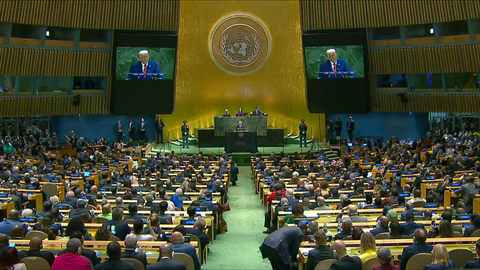
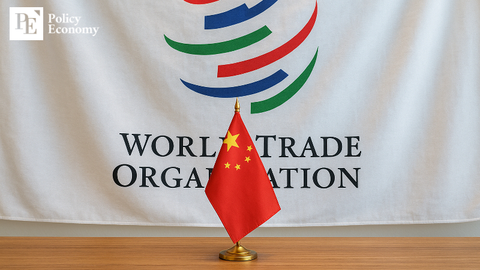
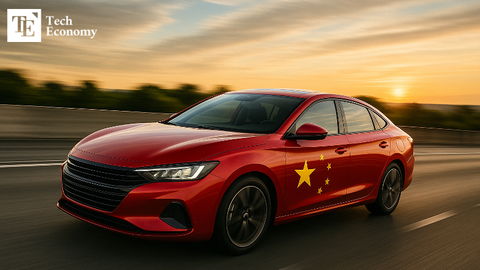


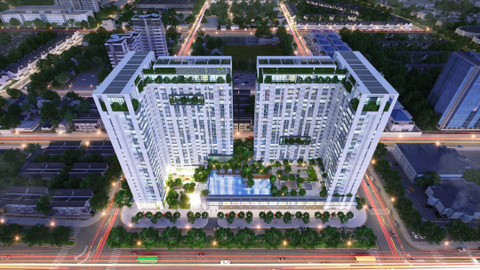














Comment